Story Highlights
| Title | ||
|---|---|---|
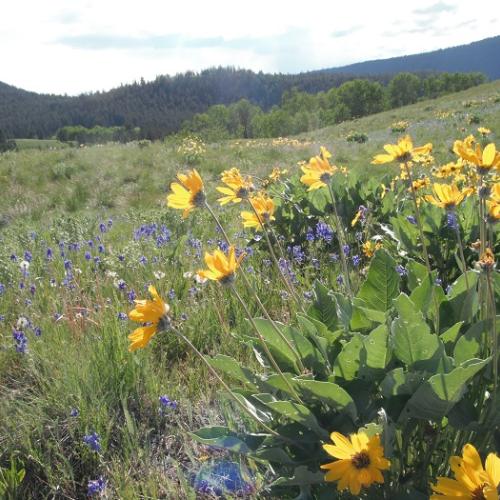
|
How would grasslands change in response to the loss of song birds and small mammals? | Article by Bill Harrower, Lauchlan Fraser and Roy Turkington Grasslands of British Columbia's southern interior mountains provide stunning landscapes and host many of the provinces at risk species of plants and animals. Hot dry sagebrush and bunchgrass ecosystems occupy the valley bottoms and grade to the cool wet grasslands with… |
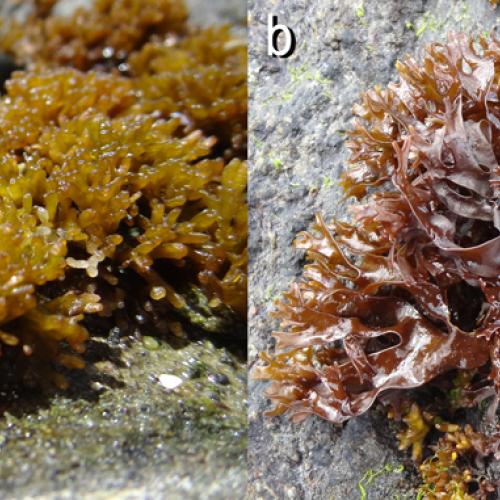
|
Sequencing of historic and modern specimens reveals cryptic diversity in the red alga Nothogenia | Article by Sandra Lindstrom, Paul Gabrielson, Jeff Hughey, Erasmo Macaya and Wendy Nelson. This project is not something I ever envisioned. How did someone who is interested in the biogeography and phylogeny of seaweeds occurring on the West Coast of North America end up leading a project that revised the taxonomy of a genus of… |
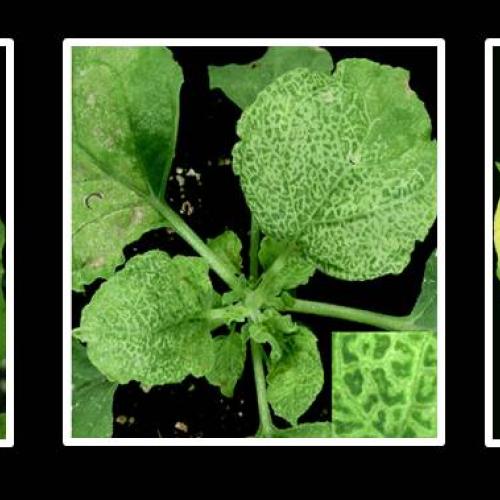
|
How do interactions between plants and viruses influence symptom severity? | Article by Hélène Sanfaçon Plant viruses can cause significant economic losses in cultivated plants by inducing visual symptoms that affect plant productivity. However, there are also many viruses that co-exist with their hosts without inducing significant symptoms. Symptom severity is determined not only by the ability of viruses to… |
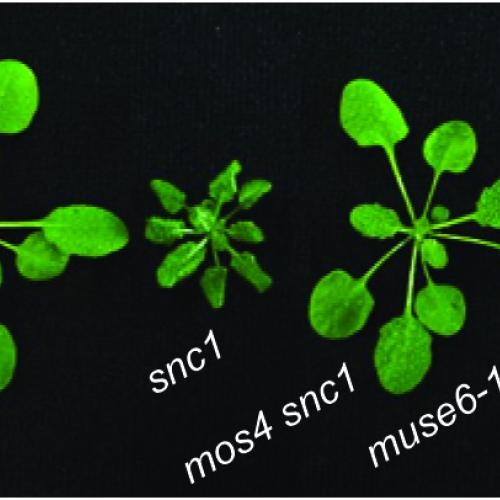
|
Preventing autoimmunity in plants | Article by Xin Li lab Like animals, plants are constantly exposed to bacteria, viruses, and fungi that have the potential to cause diseases. To remain healthy plants possess a complex immune system which relies on immune receptors that are able to recognize pathogens and respond before an infection is established. If a pathogen is able… |
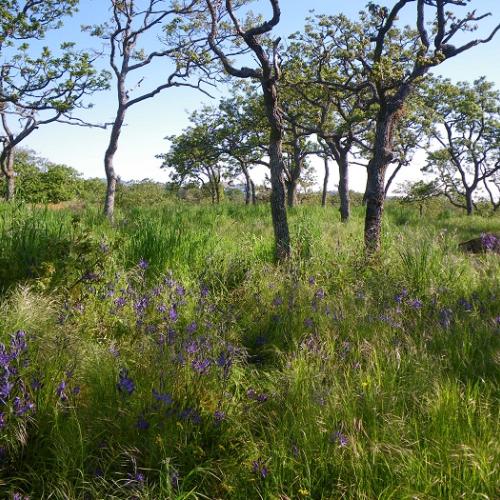
|
Are Canada’s Species At Risk recovering? | Article by Bill Harrower, Jenny McCune, and Jeannette Whitton National level endangered species laws are designed to prevent species from going extinct. Canada's endangered species law, the Species At Risk Act (or SARA), was enacted almost 13 years ago1. Associate Professor Jeannette Whitton led a group of 14 students and researchers… |
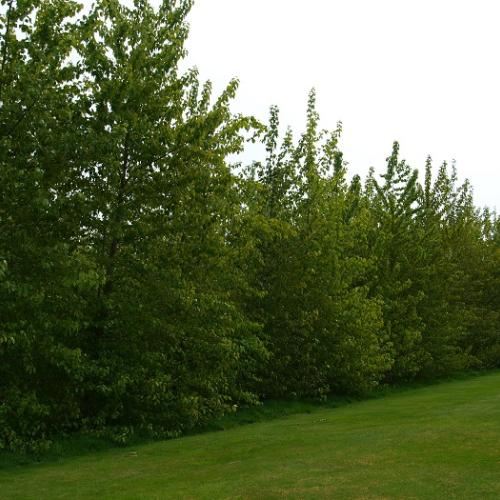
|
The 'Engineering' Behind Hybrid Trees | Figure 1. Five years old Populus trichocarpa trees at Totem Field collection, UBC. Article by Adriana Suarez-Gonzalez (Douglas lab) If you are reading this article, then you survived your birth, acclimated to rainy and cold weather and have successfully battled a number of flu viruses. The same happens in trees, but because plants… |
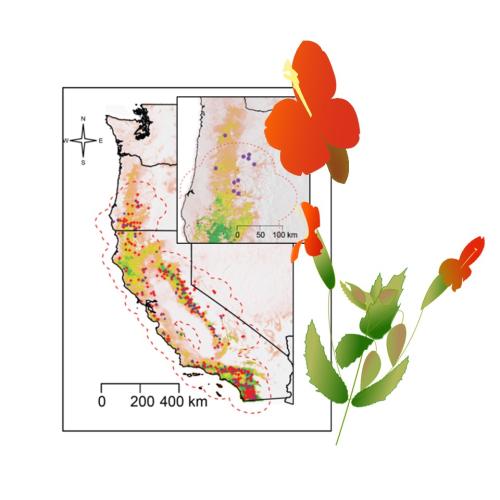
|
Mapping a species niche and its distribution | Article by Matthew Bayly (Angert Lab). A current important area of research effort involves understanding how species’ geographic distributions and range limits will respond to climate change. But for most species of interest we lack basic data on how their fitness changes along climatic gradients. In many cases distribution data from… |
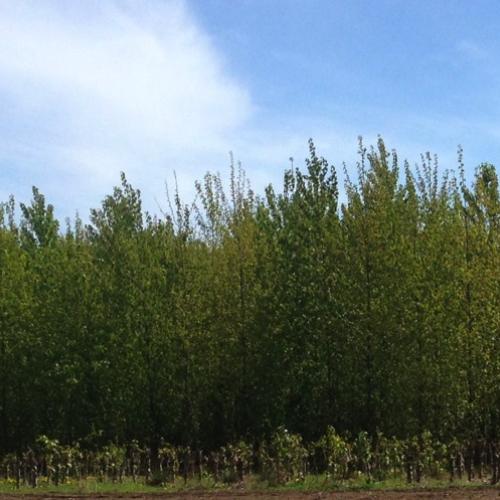
|
Update on plant sex: breakthrough discovery in poplars | Article by Carl Douglas Do plants have different sexes, meaning distinct male and female individual organisms within a species? The separation of male and female sexual function into different individuals is called “dioecy” and is common in eukaryotes, occurring in 94% of animals. Yes - this occurs in plants but in contrast to animals it… |
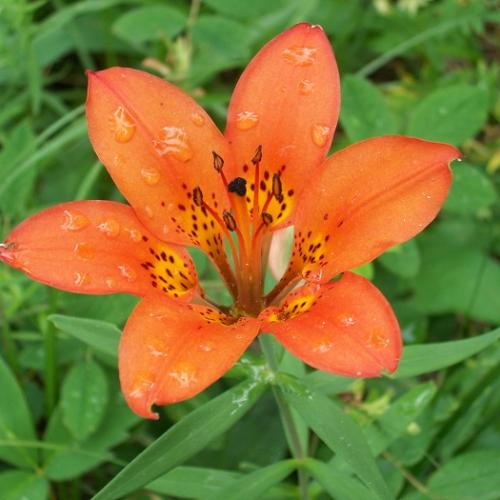
|
How do plants make exceptionally long lipids for their cuticles? | Article by Tegan Haslam (Kunst Lab) The transition of plants to life on land required many adaptations for survival in an environment so radically different from the sea. Perhaps the most challenging aspect of terrestrial life is the necessity of retaining water, which makes up more than 70% of most non-woody plant parts. Plants have… |
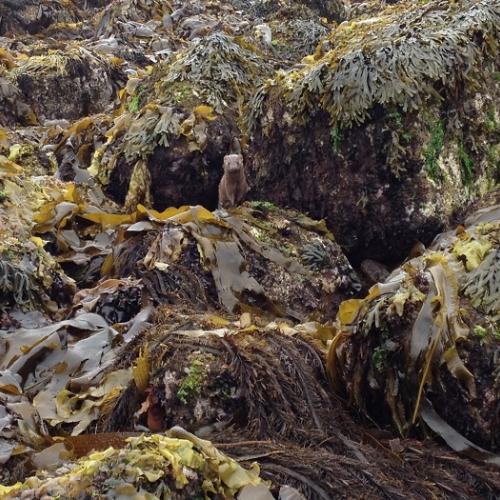
|
Seaweed Diversity on Calvert Island, British Columbia | Article by Katy Hind, Sandra Lindstrom, and Patrick Martone It is estimated that we have described only 10-20% of species diversity on Earth. In particular, floristic surveys using modern molecular techniques have revealed that we are vastly underestimating the number of seaweed species. This finding has implications for researchers… |